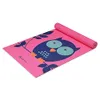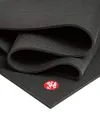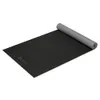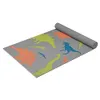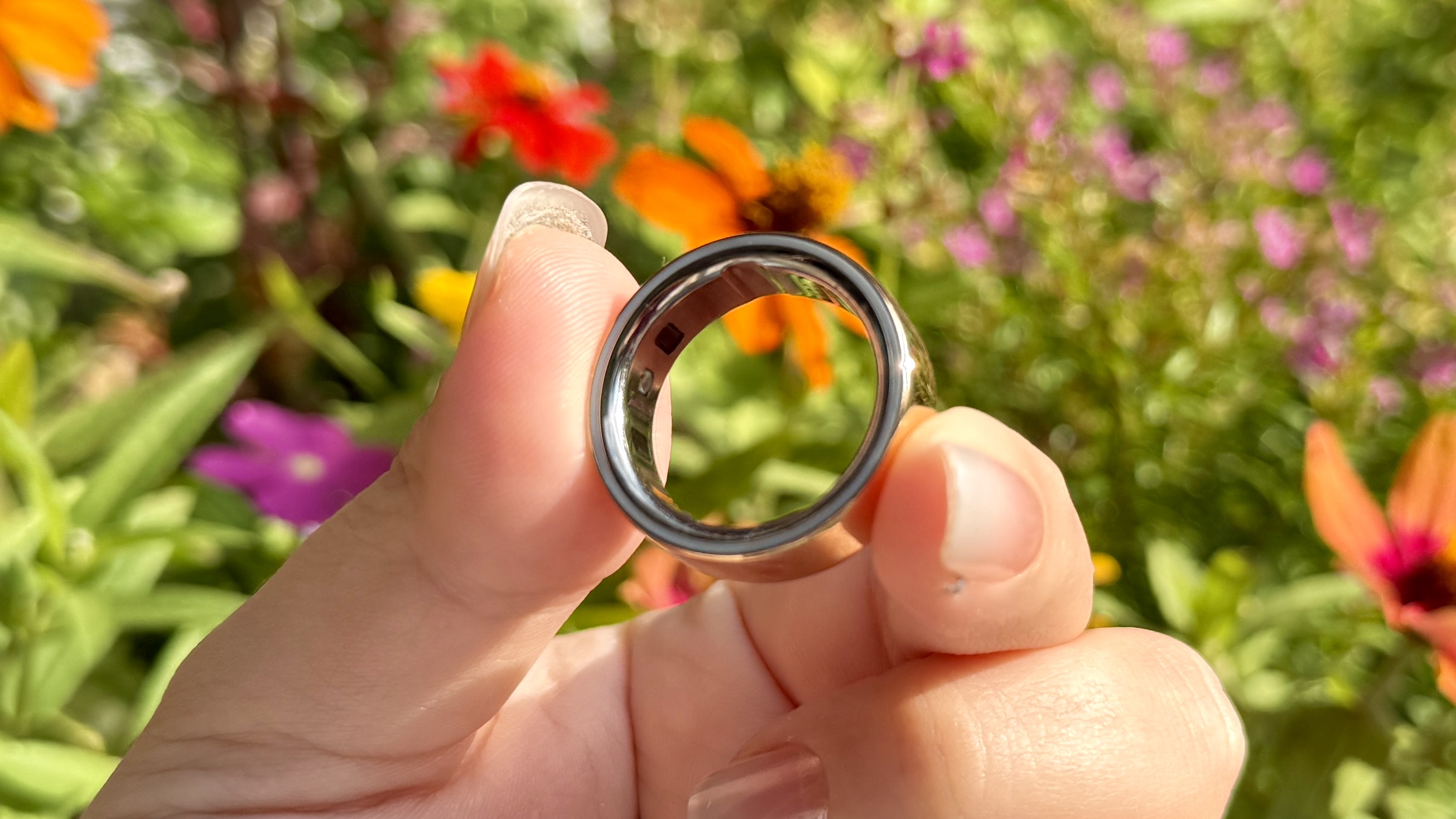6 tips for trying yoga for beginners — from a yoga instructor
Take a breath and ease into the practice
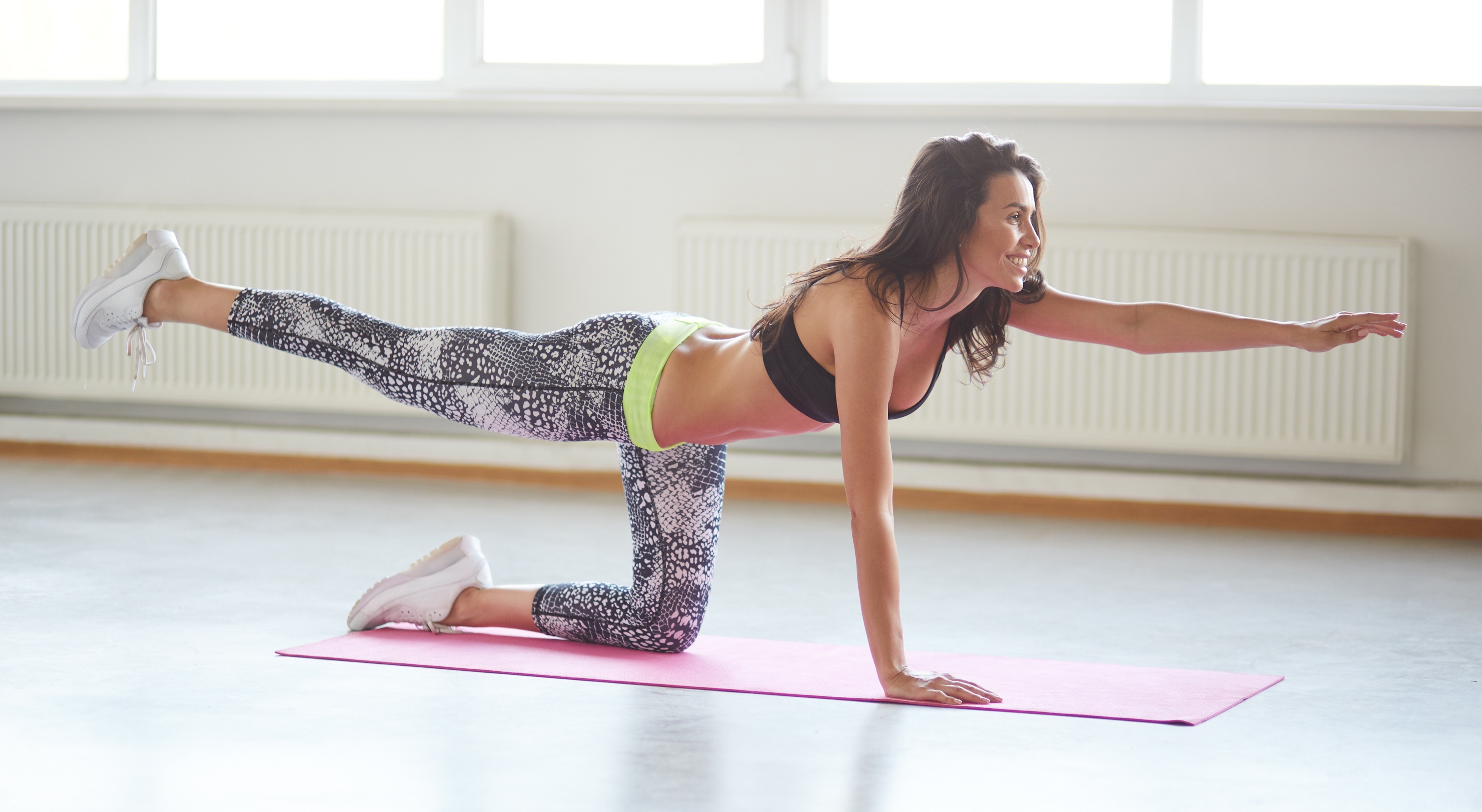
Starting yoga is a fantastic way to boost strength, increase flexibility and better manage stress. But if you’ve never been to a yoga class before, it might seem a bit daunting and you probably have some questions.
What class should I take? Do I need a special yoga outfit and one of the best yoga mats to get started? What will the teacher do during class? Fear not, we’ve got the answers!
We’ll cover everything you need to know about yoga for beginners, with expert insight from Ashley Galvin, an instructor at Alo Moves, including how to choose the right class for your goals, what to wear and bring to your session and what to expect when you step onto the mat for the first time.
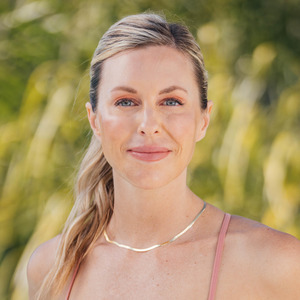
Ashley Galvin is a yoga instructor and trainer at Alo Moves based in Southern California. She took her first yoga class in 2009 and began teaching two years later. She regularly hosts workshops and retreats focused on her strong, dynamic flow practice.
How do you choose a type of yoga?
If you’d like to start a yoga practice, read up on the different types of yoga and see which one appeals to you.
“Choosing a type of yoga ultimately depends on what feels best for your body at that moment. It’s important to approach yoga with mindfulness, tuning into your own needs and energy levels, honoring what it’s asking for,” advises Galvin.
And whether you’re looking to settle down an activated nervous system or build biceps, there’s a style of yoga that can help. “If your goal is to build strength, dynamic practices like Vinyasa or Ashtanga are great choices. For a gentler, more relaxed approach, restorative yoga and Yin yoga can help those who are looking to destress or focus on deep stretching,” Galvin says.
Many studios also run beginner classes, during these sessions you’ll typically practice some of the most common yoga poses and begin to learn how to connect your breath with them.
Sign up to get the BEST of Tom's Guide direct to your inbox.
Get instant access to breaking news, the hottest reviews, great deals and helpful tips.
Once you’ve got the basics down, keep an open mind and try experimenting with a few different styles to find out which one works best for you.
What’s the difference between online and in-studio classes?
Both online and in-studio classes are beneficial and picking the right option will come down to what you’d like to get out of the practice. “In-person classes give you a sense of community, the energy of practicing with others can be incredibly motivating and healing.
"One of the key benefits of in person classes is the opportunity to receive personalized feedback from instructors, and hands-on assisting to help you better understand the pose and refine your alignment to ensure correct form, ultimately enhancing and deepening your practice,” advises Galvin.
But perhaps an in-person class feels a little intimidating, or maybe you don’t have access to a yoga studio nearby or can’t make the time work with your lifestyle? That's where the best yoga apps come in. “Online platforms like Alo Moves offer the luxury of convenience," Galvin adds.
"Whether you’re at home or traveling, hundreds of classes are available at your fingertips, allowing you to practice anytime and anywhere. The platform features a wide range of styles taught by expert instructors, [and] you can choose what style, length of class and intensity anytime and anywhere,” says Galvin.
What should you wear for yoga?
Guess what? You don't actually need a pair of the best Lululemon leggings to practice yoga! Comfort is key, so pick clothes that aren’t restrictive and you feel at ease in. “I always opt for breathable, stretchy clothes that allow me to flow freely.
"I recommend choosing materials that wick away sweat, which will keep you dry during more intense practices. It’s also important to make sure your clothes fit well but aren’t too tight or restrictive. It’s all about feeling good,” says Galvin.
What do you need to take to a yoga class?
“All you really need is a mat and a water bottle to stay hydrated,” says Galvin. “Depending on your practice, you might want to bring accessories like a yoga block, strap, or bolster for extra support and comfort.
"Most importantly, come with an open mind and a willingness to honor your body.” Many in-person classes provide any accessories you’ll need and many of them will rent you a mat out for a small fee too. Just check ahead to make sure.
What will the teacher do in the class?
One of the benefits of taking a yoga class, in person or online, is that an experienced yoga teacher will lead you through everything from start to finish. This guidance allows you to relax and sink into the practice.
“The teacher will guide you through the practice, offering cues for alignment, breath, and movement. They’ll demonstrate poses and provide modifications or adjustments to help you stay safe and comfortable,” says Galvin.
In-person classes are also a great option for beginners as the teacher can see your practice and offer personalized guidance and even gentle hands on adjustments. This feedback can be invaluable, especially when starting out.
“Towards the end, instructors often lead you through closing breaths or a brief meditation, allowing you to center yourself and leave the class feeling grounded and relaxed," Galvin adds.
Any general advice for someone going to their first yoga class?
For your first yoga class, remember to go at your own pace. “It’s not about keeping up with others, but about listening to your body and honoring its limits,” says Galvin
If you need to change things up to feel more comfortable, that’s fine too. “Don’t hesitate to modify poses if needed—using props like blocks or taking breaks is completely fine,” she adds.
And whatever you do, remember comparison is the thief of joy. “Avoid comparing yourself to more experienced yogis. Yoga is a personal journey, and everyone’s practice looks different. Focus on how you feel, not on how you think you should look in a pose. Just enjoy the experience,” says Galvin.
If you're tempted to give yoga a try, we heartily recommend it. It might be an ancient practice, but it remains a powerful tool for navigating modern life. Whether you need help managing the stress of life's demands or you simply need to unfurl your posture after a day at the desk, yoga can help.
More from Tom's Guide
- I did yoga every day for a month for the first time in 10 years — here's what happened to my body
- I tried a calming mindful yoga practice, and the results were surprising
- I tried this 5-minute morning yoga routine as soon as I woke up — here’s what happened
Abby Driver is a freelance health writer and qualified fitness instructor based in Cornwall. Away from her desk she enjoys exploring the Cornish coast path, sea swimming and experimenting with new recipes.
